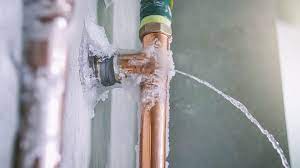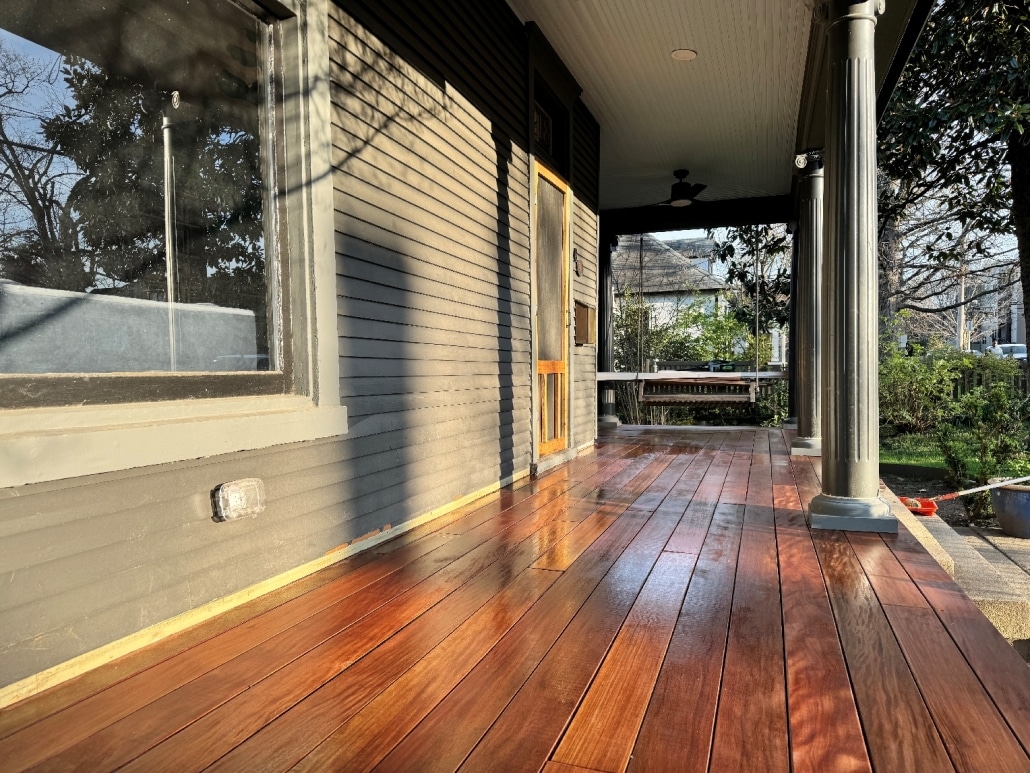When temperatures drop below freezing, water inside your pipes can turn into ice. While that might not seem like a big deal at first, it can quickly turn into a major headache for homeowners. Frozen pipes are one of the most common causes of winter water damage, and when they burst, the repairs can be expensive. Understanding why pipes freeze and how to prevent it can save you thousands of dollars in damage.
Why Frozen Pipes Are So Dangerous
Water expands when it freezes. Inside a closed pipe, there’s nowhere for the ice to go, so pressure builds up until the pipe cracks or bursts. Once the ice begins to thaw, all that trapped water rushes out, flooding your walls, ceilings, or floors. Even a small crack can release hundreds of gallons of water in a single day.
Burst pipes can lead to ruined drywall, warped floors, damaged insulation, and even mold growth. The longer the leak goes unnoticed, the worse the damage gets. That’s why early detection is key in the cold months.
Common Places Pipes Freeze
Pipes that are exposed to the cold are at the highest risk. You’ll often find frozen pipes in unheated basements, garages, attics, or crawl spaces. Outdoor hose bibs and sprinkler lines are also common trouble spots.
In older homes, pipes along exterior walls are particularly vulnerable because insulation may be thin or missing altogether. If you notice reduced water pressure or no water coming from your faucets, that’s often the first sign that a pipe has frozen.
How to Prevent Frozen Pipes
The best way to stop a frozen pipe disaster is to prevent it before it starts. Keep your home heated to at least 55 degrees, even when you’re away. Open cabinet doors under sinks to let warm air circulate around the pipes. On especially cold nights, let your faucets drip slightly since moving water is less likely to freeze.
You can also add insulation sleeves to exposed pipes or use heating tape for extra protection. Sealing cracks in walls and floors helps keep cold air out and warm air in, reducing the risk of freezing.
What to Do If a Pipe Freezes or Bursts
If you suspect a frozen pipe, turn off your main water supply immediately to prevent further flooding. Then, slowly apply heat to the affected area using a hair dryer, heating pad, or space heater. Never use an open flame, as that can cause a fire.
If the pipe has already burst, call a licensed plumber and a professional restoration company right away. The faster you act, the more likely you’ll be able to minimize structural damage and mold growth.
Professional Help Makes the Difference
Water from a burst pipe spreads quickly and can soak deep into walls and floors. Even after cleanup, hidden moisture can cause long-term issues like rot and mold. Professional restoration technicians have the right tools, including moisture meters, dehumidifiers, and thermal cameras to find and remove all trapped water.
“Frozen pipes can cause more damage than most homeowners realize,” says David Rogers, owner of Service Pro Restoration. “The sooner you get professionals involved, the better your chances of saving your home from costly structural repairs.”
Final Thoughts
A frozen pipe might start as a small inconvenience, but it can turn into a full-blown emergency in just a few hours. With a little preparation and quick action, you can protect your home from winter water damage. Stay alert during cold spells, keep your pipes warm, and don’t hesitate to call experts if the worst happens. Preventing one frozen pipe could save you thousands in repairs this winter.




